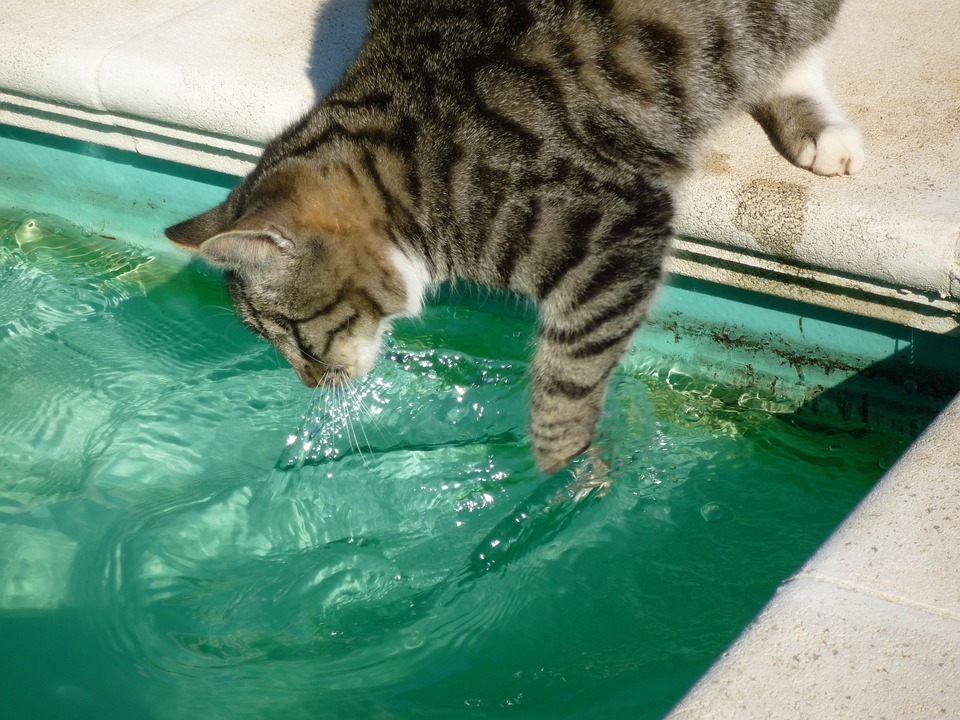Give Your Bottom-Dwelling Fish a Comfy Home with the Right Substrate
If you are a proud owner of bottom-dwelling fish species, providing them with the ideal environment in your aquarium is crucial for their well-being. One essential aspect to consider is selecting the appropriate substrate. The substrate not only serves an aesthetic purpose but also plays a vital role in the overall health and behavior of your aquatic pets. In this article, we will guide you through the process of choosing the perfect fish tank substrate for your bottom-dwelling species, ensuring their comfort and happiness.
Why is Choosing the Right Substrate Important?
Before diving into the selection process, let’s understand why selecting the right substrate is essential for your bottom-dwelling fish. The substrate serves as a foundation for your aquarium, impacting various aspects of your fish’s life, such as:
1. Natural Habitat Replication: Bottom-dwelling fish species, like catfish or loaches, originate from environments with specific substrate compositions. Replicating their natural habitat through suitable substrate helps them feel more secure and reduces stress.
2. Behavior and Foraging: Many bottom-dwelling fish species, such as Corydoras, love to dig, burrow, or sift through the substrate in search of food. The right substrate texture and depth can facilitate these natural behaviors, ensuring your fish remain active and healthy.
3. Breeding and Spawning: Certain species, like Discus fish, require specific substrate types for successful breeding and spawning. The right substrate can provide a suitable environment for their reproductive activities, enhancing the chances of successful breeding.
4. Water Quality: The substrate can directly influence water quality parameters such as pH, hardness, and stability. Some substrates have buffering capabilities that help maintain a stable pH level, which is crucial for the overall health of your fish.
Factors to Consider When Choosing Substrate for Bottom-Dwelling Fish
Now that we understand the importance of selecting suitable substrate for bottom-dwelling species, let’s explore the factors you should consider during the decision-making process:
1. Species Requirements: Different bottom-dwelling fish species have varying substrate preferences. Research the natural habitat and behavior of your fish to determine their preferred substrate composition, color, and texture.
2. Size of Fish: Consider the size of your fish when choosing the substrate. Finer substrates, such as sand or fine gravel, are suitable for small fish, while larger species may benefit from coarser substrates like gravel or small rocks.
3. Ease of Cleaning: Some substrates are easier to clean than others. Avoid substrates that trap debris or make it difficult to siphon waste during routine aquarium maintenance.
4. Chemical Composition: Certain substrates may impact water parameters such as pH or hardness. If your fish require specific water conditions, choose a substrate that complements those requirements or consider using additives to maintain optimal water chemistry.
5. Aesthetic Appeal: While not directly affecting your fish’s well-being, the aesthetics of your aquarium are important. Choose a substrate that complements your overall tank design and enhances the natural beauty of your bottom-dwelling species.
FAQs: Frequently Asked Questions
Q: Can I mix different substrates in my aquarium?
A: Yes, you can. Mixing substrates can create a more visually appealing aquascape and offer different textures and colors for your fish to explore.
Q: How deep should the substrate be for bottom-dwelling fish?
A: The ideal depth depends on the specific needs of your fish species. Generally, a substrate depth of 2-3 inches is sufficient for most bottom-dwelling fish to exhibit their natural behaviors.
Q: Do I need to replace the substrate regularly?
A: Substrate replacement is not necessary unless it becomes excessively dirty or damaged. Regular vacuuming and cleaning during water changes should suffice to maintain a healthy aquarium environment.
Q: Can live plants grow in all types of substrates?
A: Not all substrates are suitable for live plants. If you plan to have live plants in your aquarium, choose substrates specifically designed for plant growth or consider using a separate plant-specific substrate layer.
Q: Should I rinse the substrate before adding it to the aquarium?
A: It is generally recommended to rinse the substrate thoroughly before adding it to your aquarium. This removes any dust, debris, or potential contaminants that may cloud your water or harm your fish.
By carefully considering the needs of your bottom-dwelling fish species and selecting the appropriate substrate, you can provide them with a comfortable and stimulating habitat. Remember to maintain the substrate’s cleanliness and monitor any changes in water parameters to ensure your fish thrive in their new home. Happy fish-keeping!
Note: When implementing any changes to your aquarium setup, always research and understand the specific requirements of your fish species to ensure their well-being.









